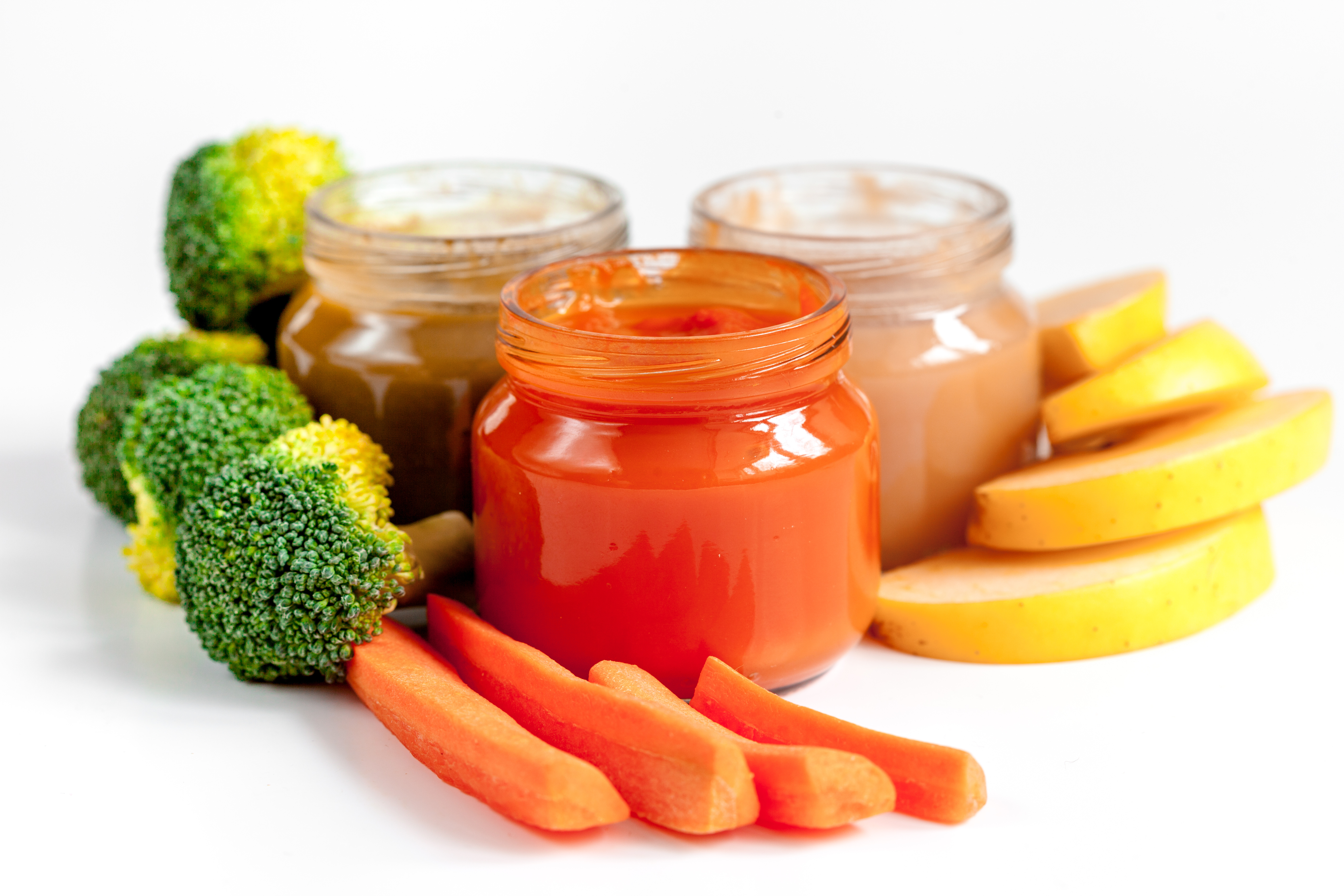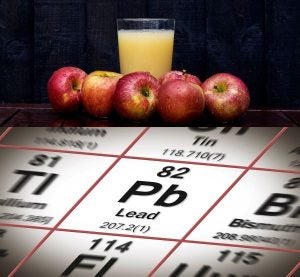Tom Neltner, Senior Director, Safer Chemicals and Katelyn Roedner Sutter, State Director, California
What Happened?
On October 10, 2023, California Assembly Bill 899, authored by Assembly Member Al Muratsuchi, became law. It requires manufacturers of baby food (other than infant formula) who wish to sell their products in California to:
- Test a representative sample of each baby food product for four toxic elements (arsenic, cadmium, lead, and mercury) at least monthly starting in 2024.
- Provide the test results to the California Department of Health upon request.
- Make the results of the testing publicly available on the manufacturer’s website for the shelf life of the product plus one month. That provision goes into effect in 2025.
In addition, as FDA establishes action levels for the four toxic elements, manufacturers must also include a quick response (QR) code on the label that links to the manufacturer’s website, where consumers can find the test results for that toxic element.
Why It Matters
By requiring testing and reporting on these foods, California will provide parents and guardians with important information they need to compare products and make purchasing decisions. The law also:
- Sets a precedent for greater testing and disclosure of food contaminants; and,
- Is noteworthy, in that baby food companies did not oppose the bill.
The law will strengthen FDA’s efforts to reduce children’s dietary exposure to those toxic elements to the lowest possible levels, while maintaining access to nutritious foods by filling two critical gaps in FDA’s Closer to Zero program. FDA current approach sets action levels on final products that food companies must meet and requires they use preventive controls to manage toxic elements in their ingredients. It does not require final product testing or disclosure of any testing results.











